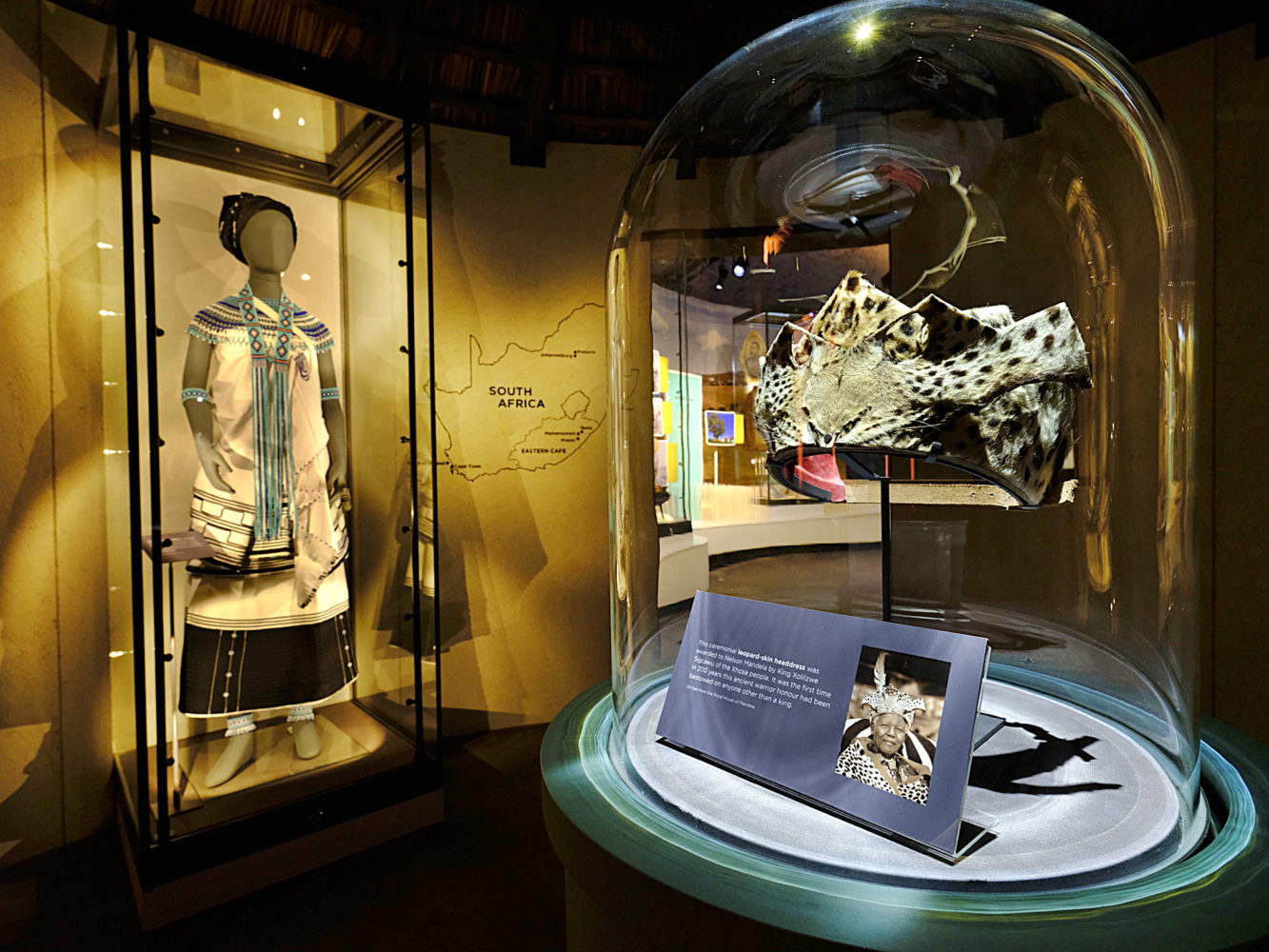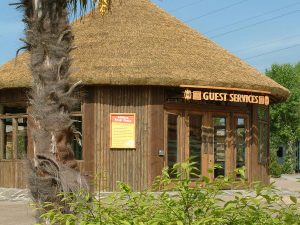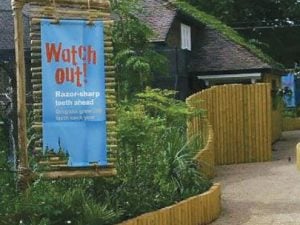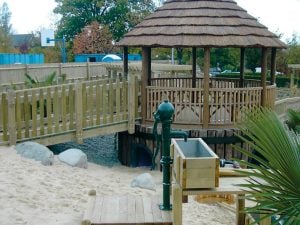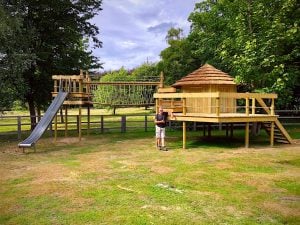
Last week, we had the chance to experience “Nelson Mandela: The Official Exhibition” on the first leg of its global tour, which ends in Mandela’s home village of Mvezo, South Africa. We’re proud to have supplied the Cape Reed used to recreate the thatched rondavel visitors pass through to enter the exhibition gallery.
The Official Mandela Exhibition
This retrospective looks at the life of the Noble Prize-winning freedom fighter and political leader Nelson Rolihlahla Mandela. It draws on hundreds of artefacts and original photography, much of it supplied by family and friends and in many cases on public display for the very first time.
Walking from Waterloo Station, road signs point you in the direction of Leake Street, via the amazing street art in the Graffiti Tunnel. This tunnel was originally opened by Banksy. It is now a popular haunt for music video makers and budding graffiti artists.
Entering the Exhibition Space
The exhibition is based in a new gallery under the railway arches. It begins with a short film with the message that Mandela was a born a country boy who identified injustice in society and did everything in his power to put it right.
The first of a series of experiential galleries places you inside the recreation of a rondavel, like the one Mandela lived in as a child in South Africa’s remote Transkei region.
All the names given to Mandela in his life are written on the walls – including the name his father gave him, Rolihlahla meaning “pulling the branch of a tree”, or more colloquially “troublemaker”.
Beautifully lit and displayed in a glass dome in the centre of the room is the ceremonial leopard skin headdress awarded to Mandela by King Xolilzwe. It was the first time in 200 years this ancient warrior honour had been bestowed on anyone other than a king.
Mandela’s Early Life
Emerging from the mint-coloured rondavel (thatched with Cape Reed supplied by Africa Roofing UK) you walk into the story of Mandela’s early years. Although at first glance it may seem carefree and idyllic, the panels explain that the Transkei’s colonial taxes meant the men were forced to provide labour for white farmers. Women and children to work the land.
Those days of shepherding, milking, fetching water and firewood had a great impact on Mandela.
On his first day at school aged 7, his teacher gave him the Christian name, Nelson. Young Nelson encountered few white people in his everyday life; he was led to believe white people were ‘superhuman’, but he would later question this.
Mandela’s father died when he was 12. Among his last requests was that his boy was adopted by the AbuThemu Regent, Jongintaba Mtirara. The Regent and his family welcomed him and treated him like a child of their own. Through tragedy came opportunity.
The Harsh Realities of Apartheid
The next gallery of the exhibition charts Mandela’s life from 1941 – 1964. It’s an assault on the senses as audio, film and imagery show the harsh reality of apartheid. A bench is labelled with the words “European Only” and a drive-in dry-cleaning sign also shows the racial hierarchy imposed. Mandela’s story continues through profiles of his friends and mentors, his membership of the African National Congress (ANC) and his fight for freedom.
Life inside Robben Island Prison
One of the most moving parts of the exhibition is the accounts of his imprisonment. An amazing projection and frame of the prison cell brings home the hardship he endured at Robben Island Prison. One of the cruellest punishments was the separation from his family – visits could be cancelled at a moment’s notice, irrespective of how far relatives had travelled.
Mandela was restricted to one supervised visit per year and denied the right to go to his mother and eldest son’s funerals. However, Mandela continued to fight for better conditions, encouraged fellow prisoners to educate themselves and found pleasure in gardening.
One display tells the story of how Mandela made an unlikely friendship with one of his jailers. The young warder called Christo Brand smuggled messages, food and his favourite hair pomade into prison for Mandela.
Mandela: The Peacemaker
The next part of the exhibition portrays the years 1990-1994, from the point at which Mandela walked free after 27 years in prison. The red panels and red lit brick walls convey the divided South Africa and society on the verge of civil war that Mandela was returning to.
Accounts of victims of the conflict such as Sebokeng, Chris Hani and the protestors that marched on Bisho surround a display case containing the replica Nobel Peace prize awarded to Mandela and President FW de Klerk.
The final gallery is entitled Healing a Nation, starting in 1994 and ending in 2013. There’s an air of jubilance around the shiny panel that begins, “It was a moment many had thought they would never live to see…”. That moment is of course the landslide victory for the ANC and Nelson Mandela becoming South Africa’s first ever democratically elected president.
Unifying a Country
The task ahead of Mandela was to unify his country – an immense challenge but one the seventy-year-old Mandela had been waiting for his whole life. He used his charm and influence to engage the rich and powerful.
Video testimonies play out in the gallery close to a cabinet containing one of Mandela’s trademark batik printed shirts. One of the most memorable is an interview with his aide Zelda la Grange who recalls when Mandela visited Queen Elizabeth and greeted her with the words, “Elizabeth you’ve lost weight!” which caused her to burst into laughter. His disarming charm and warm personality left an indelible mark on the people he met.
The exhibition ends as it began, with a film. It calls us all to act and join the fight to end inequality and injustices where ever they exist in the world.
This poignant quote appears under a black and white photograph of young Mandela, with a smile as wide as his generosity of spirit:
“What matters in life is not the mere fact that we have lived; it is what difference we have made to the lives of others that will determine the significance of the life we lead.”







